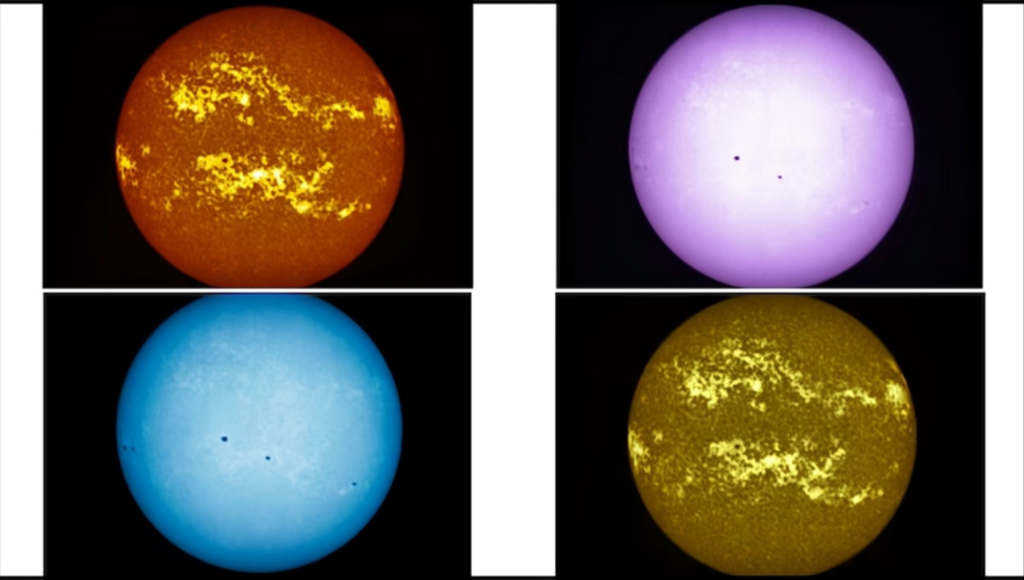The major solar storm that affected Earth on May 11, 2024, was extensively observed by the Indian Space Research Organisation (Isro) through their Aditya L1 spacecraft positioned strategically. This spacecraft captured the eruption of the active region AR13664, which is one of the largest sunspots ever recorded on the Sun. The eruption resulted in powerful X-class and M-class flares accompanied by coronal mass ejections (CMEs) on May 8-9, ultimately leading to the geomagnetic storm on Earth.
As a result of this storm, auroras were witnessed in various parts of the world, including India. Isro’s Aditya-L1 spacecraft, located at the Sun-Earth L1 Lagrange point, played a crucial role in documenting this event. Its remote sensing payloads, SoLEXS and HEL1OS, captured the X-class and M-class flares during May 8-9. Additionally, the in-situ payloads ASPEX and MAG observed the storm’s characteristics as it passed through L1 on May 10-11.
Isro’s lunar orbiter, Chandrayaan-2, also contributed valuable observations from its unique position around the Moon. Its Solar X-ray Monitor (XSM) not only detected X-rays from the solar flares but also noticed an increase in the local high-energy particle environment.
Following calibration and operational procedures, Aditya-L1’s Solar Ultraviolet Imaging Telescope (SUIT) and Visible Emission Line Coronagraph (VELC) resumed their observations on May 14. SUIT captured images in specific narrow bands, revealing bright active regions on the solar disk that indicate magnetically active areas where significant flares can originate as the Sun approaches solar maximum.
VELC conducted raster scans of the solar corona using the 5303 Angstrom emission line, providing valuable insights into coronal activities. The resulting raster image clearly displays the location of AR13664, which is marked by a box.
Raster scanning is a technique utilized for generating images on screens, like those found in televisions and computer monitors, as well as in specific imaging systems. This method entails scanning an image line by line from the top to the bottom, usually following a left-to-right pattern.
Ground-based establishments such as the Udaipur Solar Observatory (USO) of the Physical Research Laboratory (PRL) have also played a role in Isro’s diverse observations of this significant solar occurrence.
Through the integration of data from various spacecraft and ground stations, Isro has compiled an extensive dataset on this powerful solar storm, facilitating in-depth analysis and enhancing our comprehension of space weather phenomena that have the potential to impact Earth’s atmosphere and technology.
